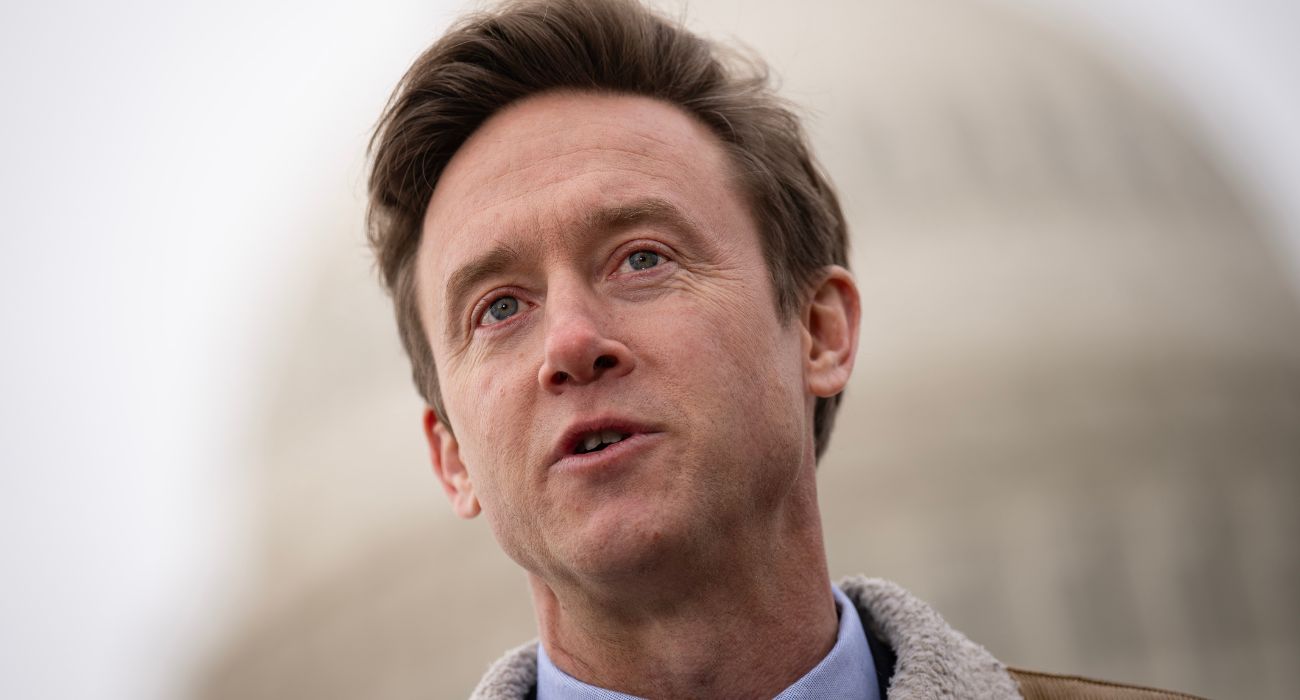The Internal Revenue Service (IRS) will boost its 2023 contribution limits for 401(k)s by $2,000 as part of the federal agency’s most significant annual inflation adjustment in 15 years.
The IRS announced Friday that it would raise the 401(k) contribution limit for 2023 in response to the financial burden 40-year high inflation is having on consumers.
According to the IRS, 401(k) contribution limits will apparently increase an individual’s savings by 8.8% from the current year’s limit of $20,500 to $22,500 in 2023.
The new limit marks the IRS’s most significant adjustment since the agency began indexing inflation in 2007 when the maximum amount allowed was $15,500.
Typically, the IRS has kept the contribution limit flat or raised it by roughly $500, depending on the current inflation rate and other cost-of-living factors.
Despite the IRS making annual adjustments for 15 years, consistently high, broad-based inflation prompted the agency to make more significant changes to the U.S. tax code than in a typical year.
Besides an increase to the 2023 401(k) contribution limit, the IRS also said it would make 60 tax provision updates, including adjustments to the tax rate schedules and updates to standard deductions for single and married filers.
In 2023, the catch-up contribution for people over age 50 who participate in 401(k)s and similar programs will increase from $6,500 to $7,500.
“Therefore, participants in 401(k), 403(b), most 457 plans, and the federal government’s Thrift Savings Plan who are 50 and older can contribute up to $30,000, starting in 2023,” the IRS said in its statement.
The increase in contribution limits for retirement plans will help lower the tax bill of retirees since each dollar contributed to a 401(k) can be deducted from taxable income.
For IRA accounts, the contribution limit will increase by 7.69% from $6,000 in 2022 to $6,500 in 2023. However, the agency said that the catch-up contribution for people over age 50 would remain at $1,000 because that rule is not subject to an annual adjustment for inflation.
Accordingly, the IRS said that deductions for taxpayers making contributions to a traditional IRA would be phased out for single individuals and heads of household who are active participants in a qualified plan and have adjusted gross incomes between $73,000 and $83,000. The phase-out range for married couples is between $116,000 and $136,000.
The IRS has published these new limits here.






